In filmmaking, lighting isn't nearly enlightening scenes; it's an effective tool to communicate feeling, mood, and personality. The art of motion picture lighting is critical for filmmakers aiming to raise their aesthetic storytelling and create unforgettable movies.
Lighting plays a considerable duty in setting the tone and environment of a movie. A well-lit scene can stimulate fear, delight, thriller, or despair, making it a vital part of narration. Filmmakers frequently utilize strategies like three-point lights, which involves the essential light, fill light, and backlight to produce deepness and measurement. By meticulously positioning these lights, filmmakers can control shadows and highlights, shaping the audience's understanding of a scene. Additionally, the colour temperature level of lights can significantly alter the mood. Warm shades may suggest comfort or romance, while cooler tones can create a sense of unease or isolation.
Beyond basic lighting setups, filmmakers frequently try out creative lighting techniques to enhance the aesthetic story. Subtle illumination, characterised by high contrast and deep shadows, is often used in movie noir and scary categories to produce a mysterious or threatening ambience. High-key lights, on the other hand, utilizes brilliant, even lighting to convey an extra positive, positive mood, often seen in funnies or musicals. Practical illumination, where lights like TV show trends lamps, candle lights, or streetlights are visible within the scene, adds a layer of realistic look, grounding the film in a credible world. These techniques, when made use of thoughtfully, can change a basic scene into an aesthetically engaging moment.
Making use of illumination goes beyond simply technical application; it's additionally a way of artistic expression. Filmmakers like Stanley Kubrick and Roger Deakins are recognized for their ingenious use lighting to tell tales. Kubrick, for instance, famously utilized candlelight to illuminate scenes in Barry Lyndon, developing a period-authentic, painterly effect. Deakins' operate in films like Blade Jogger 2049 demonstrates just how lighting can be made use of to build immersive, advanced worlds. Ambitious filmmakers can learn from these masters, trying out lighting to develop their one-of-a-kind style and voice in movie theater. Understanding and grasping lighting methods permits filmmakers to manipulate the target market's feelings and direct their aesthetic trip with the movie.
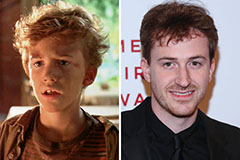 Joseph Mazzello Then & Now!
Joseph Mazzello Then & Now!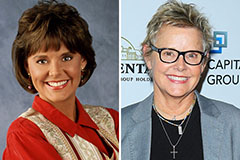 Amanda Bearse Then & Now!
Amanda Bearse Then & Now!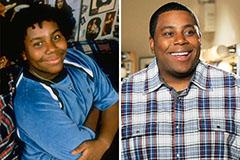 Kenan Thompson Then & Now!
Kenan Thompson Then & Now!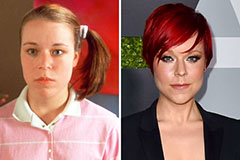 Tina Majorino Then & Now!
Tina Majorino Then & Now!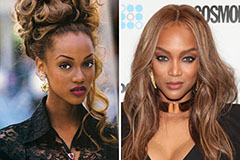 Tyra Banks Then & Now!
Tyra Banks Then & Now!